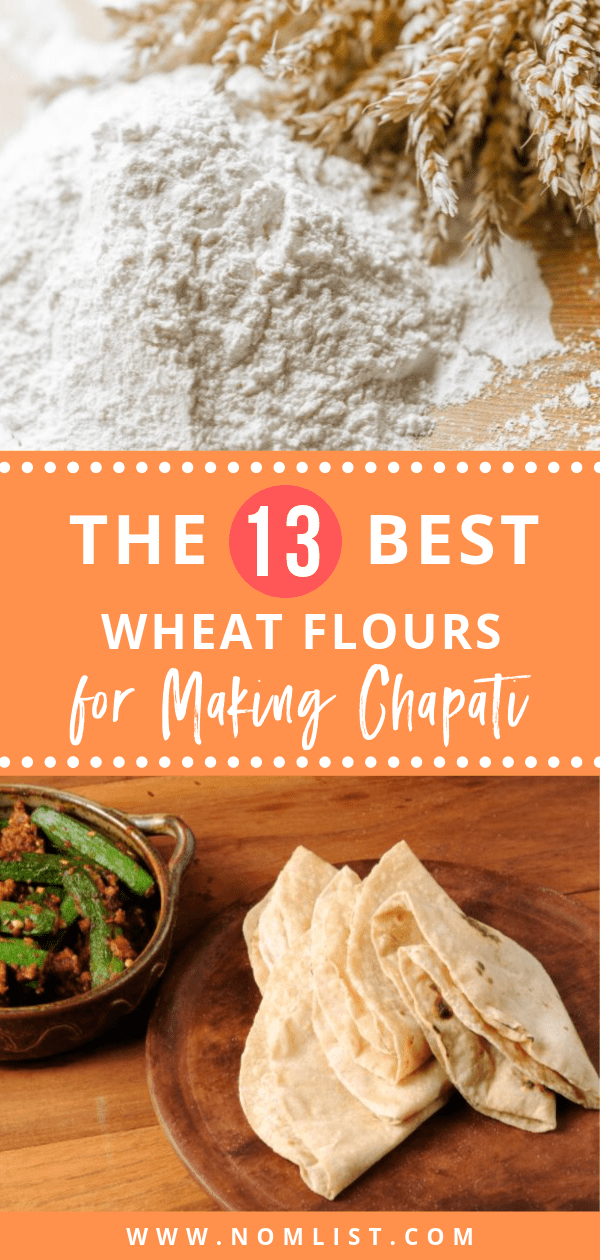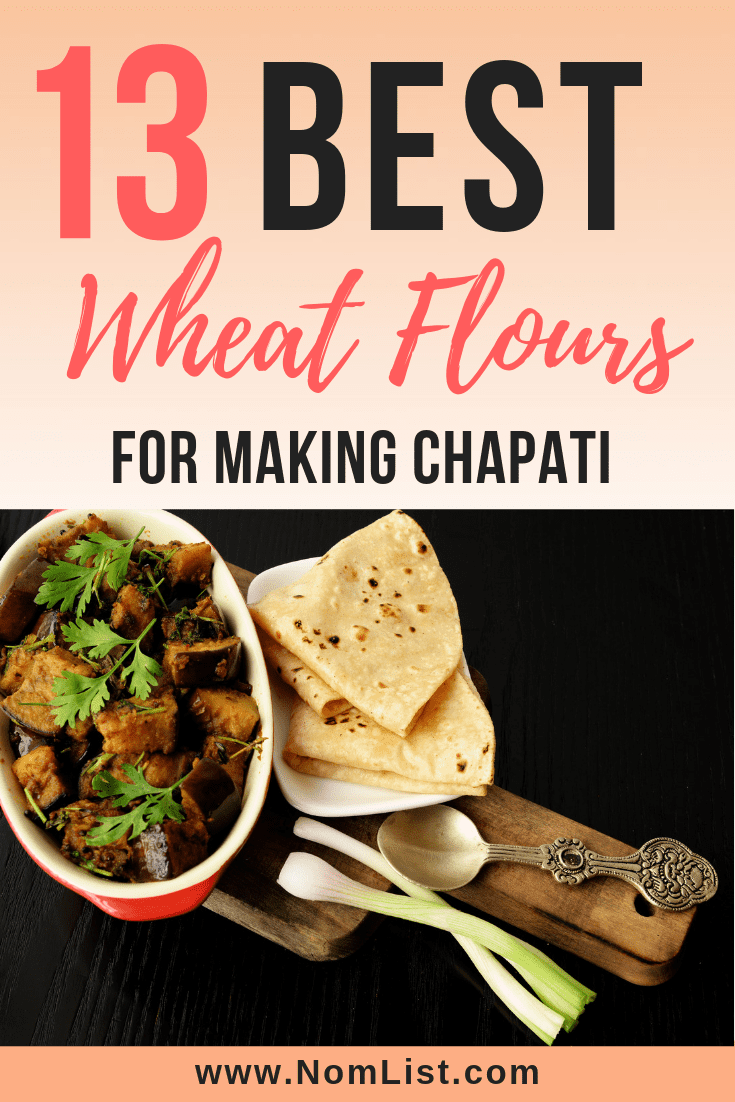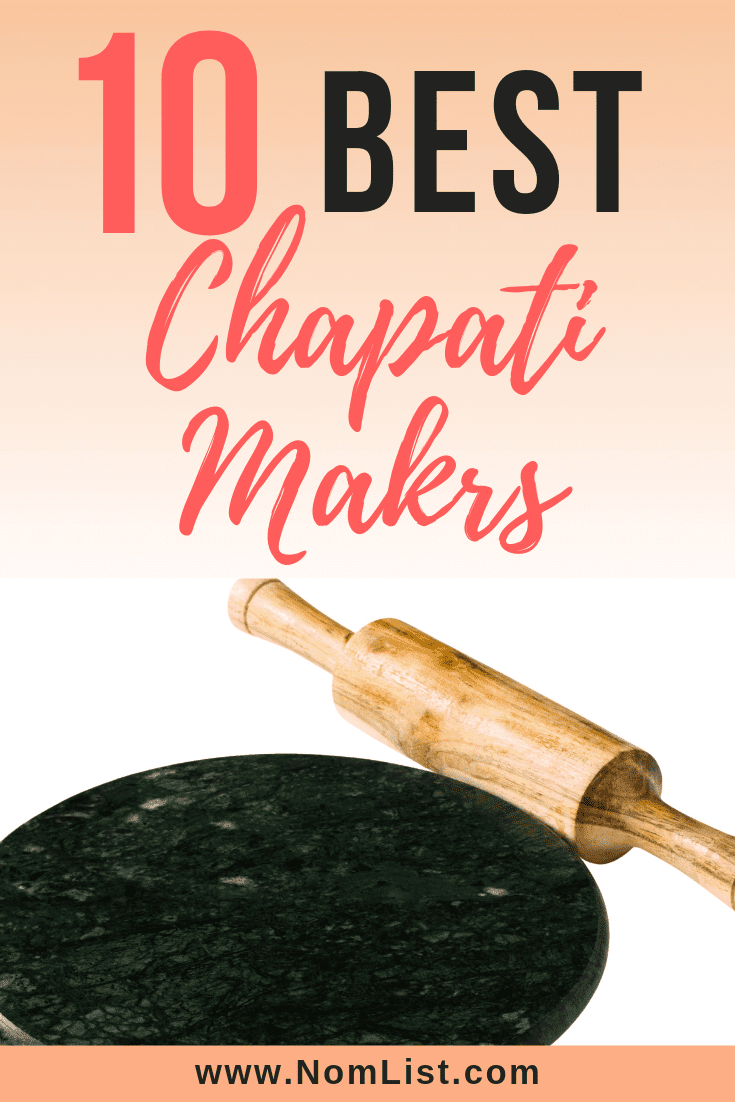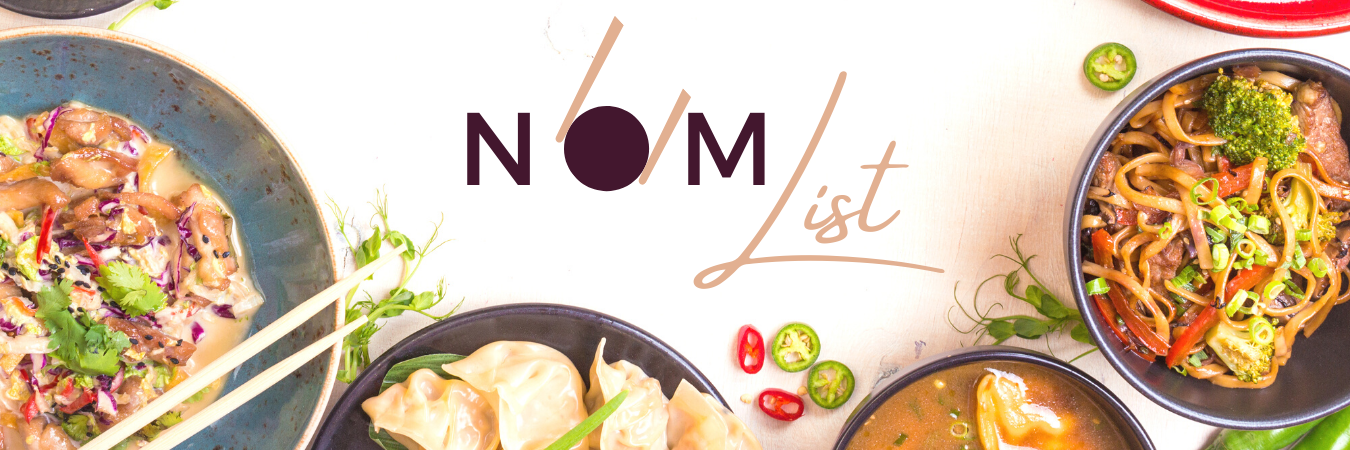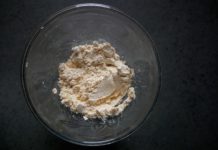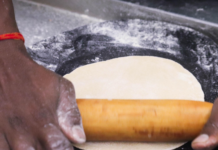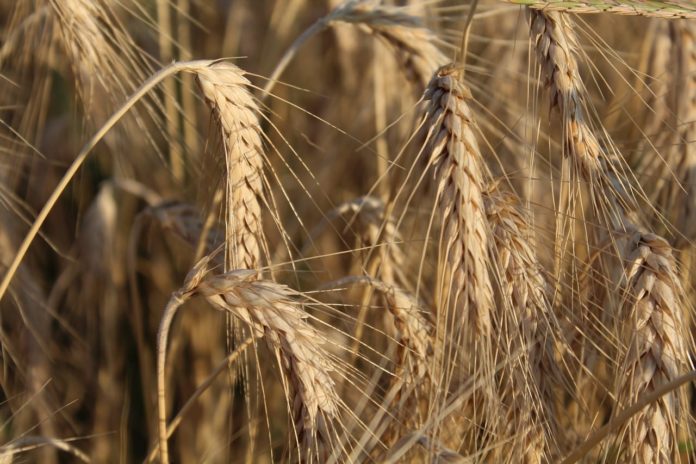
Chapati is a deliciously thin and light Indian flatbread that is served with many different curry dishes or used to make roti rolls with curry wrapped up inside. They are the perfect accompaniment for any main dish.
While you are often able to buy chapati from stores or take outs to eat at home, many people opt to make their own chapati at home. This way you can make it perfectly to your liking, having them fresh and ready to be eaten warm, or stored away to be enjoyed at a later stage.
Making chapati is a fairly simple process, but you need to have the right ingredients to make sure your chapati turns out light and soft and tastes authentic. The right wheat flour will play a big part in the texture and taste of your chapati both during the making process and the cooked chapati.
There are two types of wheat flours commonly used when making chapati:
Maida
Maida is a variety of flour which is used to make several different Indian breads. It is a refined product from wheat, where the inner white portion of the wheat is extracted from the outer brown layer. The flour is ground in a Chakki (a flour mill) and is passed through a fine mesh, with the resultant flour being maida. It closely resembles cake flour, and it is low in gluten, which means it often results in a crumbly texture.
Atta
Atta flour is made from durum which and can be used to make different Indian breads such as chapati, naan, puri, and roti. It is milled from the semi-hard wheat variety. Atta often needs more kneading than maida, but still produces some tasty and well-textured chapati.
Here are the best wheat flours to use when making chapati.
Maida is a wheat flour, commonly used to make chapati. This Mother Organic brand is perfect for those who look to stay on the friendlier side of nature, using organic and natural products and ingredients.
It is purely organic maida and is cultivated in India. It has an authentic taste to it, not taking away from what chapati should taste like at all. The wheat is grown without the use of pesticides, chemicals or fertilizers, so it is as organic as it gets.
The Pardesi 100% Natural Maida Flour is made from Semolina, which is healthier than white flour as it isn’t so refined or ground. The semolina is made from rougher wheat, giving it a more yellow color.
The maida is 100% natural and is Sooji Fine. It is made and produced in India and is high in fiber and protein. The chapati will have the proper, authentic taste, and have the right consistency and texture when using this 100% natural maida flour.
For some, the gluten content in normal atta and maida is too high. This gluten-free atta is multi-grain, whole grain, 100% natural and non-GMO and free of preservatives.
It is a healthy, gluten-free option that will still help you create some beautifully soft and delicious chapati in your kitchen at home.
This whole wheat flour is really packed with all the Indian tastes you could ask for when making homemade chapati. Using organic Indian spices, lentils, and rice, you have the authentic taste of India, sourced directly from India.
It has a long shelf life of 365 days and is made from pure organic wheat. It is prepared by grinding the whole grain of wheat and is packed with nutrition. It is processed in a completely hygienic environment which gives you a wonderful product to enjoy.
This whole wheat flour can be used more broadly in the kitchen, but it is still a wonderful flour to use when making chapati.
It is certified sustainably grown, so you know you are doing your bit to support the environment, and as well as being 100% farmer-owned, you are supporting small business.
The unbleached flour is Non-GMO verified, and the grain is grown in an organic and natural way. The focus is on soil health, which in turn gives a higher quality flour. Each bag of all-purpose flour is traceable back to the farmer who grew the wheat.
Not only will it help you produce some tasty chapati, but it can also be used in many other dishes in the kitchen.
Mother Organic produce some great flours, all different varieties, and forms. The Jowar Atta/Sorghum flour is a great option when it comes to making chapati, it stays true to the Indian flour traditionally used, but is purely organic and is grown without pesticides, chemicals, and fertilizers. It is also free of additives and polish.
Sorghum or Jowar is a cereal grain that is also known as white millet. It is ground into fine wheat flour which can be used for many household baking processes.
The wheat is cultivated in India and has an authentic taste to it. It is one of the better options when making chapati at home.
This is a little different from normal whole wheat flours, and instead is a chapati mix with everything you might need to make chapati at home, including some wonderful spices.
The ingredients in the thepla atta consist of besan, jowar atta, bajra atta, whole wheat atta, chaat masala, green chili, chili powder, turmeric powder, cumin, and salt. By simply adding water and kneading, you will have a ready to use chapati mix with all the Gujarati flavors of India you could hope for.
It is a quick and easy way to make chapati at home, almost from scratch, but still keeping true to the authentic Indian taste and texture of chapati that you would want to enjoy with your meals.
ITC AasMulti-Grain Atta
This multi-grain atta is a good option when looking to make some chapati at home. It is diabetic friendly and is 100% natural and GMO-free.
The multi-grain atta contains no preservatives. It is made from ground brown wheat, Kala Chana, soy flour, pearl millet, and flax meal. It is packed with nutrients and fiber but still helps to create soft and light chapati.
The Nirav Durum Atta Flour brings the true taste of tradition and is perfect to use when making chapati, paratha, roti, and puri.
There are absolutely no preservatives added and it is made from the best quality wheat. Some of the kinds of wheat ground to make the Durum Atta flours are durum wheat flour and wheat flour. It is high in folic acid and iron, and rich in fiber.
The large quantity keeps for long in the kitchen, so you have more than enough time and flour on your hands to make some delicious atta.
The certified organic sprouted ragi atta is highly nutritious and is a great source of magnesium, calcium, iron, and fiber. The sprouted ragi is easy to digest. It is made from whole grain wheat and not refined wheat, making it a complex carbohydrate.
It is a good alternative for those who want a more nutritious, easier to digest and organic alternative to the usually refined atta found in stores.
The Nirav Durum Atta Flour brings the true taste of tradition and is perfect to use when making chapati, paratha, roti, and puri.
There are absolutely no preservatives added and it is made from the best quality wheat. Some of the kinds of wheat ground to make the Durum Atta flours are durum wheat flour and wheat flour. It is high in folic acid and iron, and rich in fiber.
The large quantity keeps for long in the kitchen, so you have more than enough time and flour on your hands to make some delicious atta.
The Golden Temple Durum Whole Wheat Atta Flour gives a wonderfully traditional taste to chapati and can be used to make other bread such as paratha, puri, and roti. It is made from the highest quality durum wheat, giving only the best to you and your family. It is packed with fiber and nutrition.
Following simple instructions, you will land up with soft and light chapati that will be a perfect accompaniment to a curry.
Royal Chakki Atta Flour is one of the best ones around when it comes to making chapati. The grain is responsibly sourced from wheat grown in Madhya Pradesh.
It is 100% whole grain and is both high in fiber and vitamins. It is versatile, delicious and to top it off, healthy as well. It is vegan and non-GMO. It is a healthy alternative to white pastry flour and works wonders when making light and soft chapati.
Only the highest quality grains are used and ground to make this atta, and it is from the authentic source as well.
Types of Indian Bread
While chapati is one of the more commonly known Indian breads, thanks to its wonderfully soft and light texture and taste, there are other Indian bread that can be made using wheat flour.
One bag of the right atta or maida and you will be able to make a whole bunch of delicious Indian breads that will be great served with a wide range of meals. Many of the breads starts out as a simple dough, but the cooking methods and seasonings do vary to create different textures and flavors.
Chapati
Chapati is made by stretching out the dough and then it is traditionally cooked in a tava, which is a disc-shaped frying pan. It has a mild, nutty flavor and is a pretty simple bread, but it pairs well with gravied curries or stews.
Paratha
Paratha is an unleavened flatbread and is beautifully flaky, chewy and dense. The dough is constantly layered with ghee when folding, giving it its flaky texture. It is crisp and firm enough to hold a thick curry and drier stir-fries without breaking apart. Paratha is baked on a hot tava and then shallow fried for crispness.
Puri
Puri is a golden, crispy little puff. It is an unleavened Indian flatbread that inflates when the dough meets the oil when frying. It serves well with a thick curry, or with some dal. It is delicious just to eat on its own as well!
Bhakri
Bhakri can be cooked in either two ways – cooked like a chapati on a hot tava, or puffed up and slathered in ghee. It can be eaten simply with some chutney or goes well with a baingan bharta. It is a hardy bread that travels well, perfect for carrying for lunch.
Bhatura
Bhatura is deep-fried and forms a golden, crisp ball. It is leavened bread made with flour, ghee, yogurt, and yeast. It pairs well with many Indian dishes but is traditionally served with chana masala at breakfast time.
Naan
Naan is a well-known Indian bread. It is leavened bread that is best enjoyed fresh with kebab or tandoori chicken. Traditionally, it is made in a tandoor, but can easily be cooked in an oven or pan at home in your kitchen. Once cooked, it tastes best brushed with some ghee and even garlic for an extra little kick of flavor!
The Best Wheat Flour for Chapati
There are many different wheat flours to choose from when you want to make chapati. Some are gluten-free, and others are 100% organic. It all depends on what you are looking for, and how you want your chapati to turn out.
Follow your favorite chapati recipe, and along with great wheat flour, you will have some delicious chapati to serve at dinner time with a great curry, chutney or stew.
Chapati is best enjoyed fresh but can be kept in the fridge for a day or so. Any longer and they might be stale or chewy. Fresh is best!
NomList.com is a participant in the Amazon Services LLC Associates Program, an affiliate advertising program designed to provide a means for sites to earn advertising fees by advertising and linking to Amazon.com. CERTAIN CONTENT THAT APPEARS ON THIS SITE COMES FROM AMAZON SERVICES LLC. THIS CONTENT IS PROVIDED 'AS IS' AND IS SUBJECT TO CHANGE OR REMOVAL AT ANY TIME. Product prices and availability are accurate as of the date/time indicated and are subject to change. Any price and availability information displayed on Amazon.com at the time of purchase will apply to the purchase of this product. All prices on this site may change and those considered valid are displayed on Amazon.com
